Zion National Park is both a work of art and a work in progress. Located in southwestern Utah, it is a land of contrasting geology, constant change, natural wonder, inexplicable beauty, and abundant life.
Above all else, Zion’s majestic sandstone cliffs and trails are a challenge for the body while its serene scenery is a sanctuary for the spirit.
I revisited during the 100th year anniversary, and I will continue to return for many years to come. Zion has some of the best hiking trails in the country and one of my favorite views in the entire world. Follow this guide to maximize your time in Zion as you explore nature on its own terms.

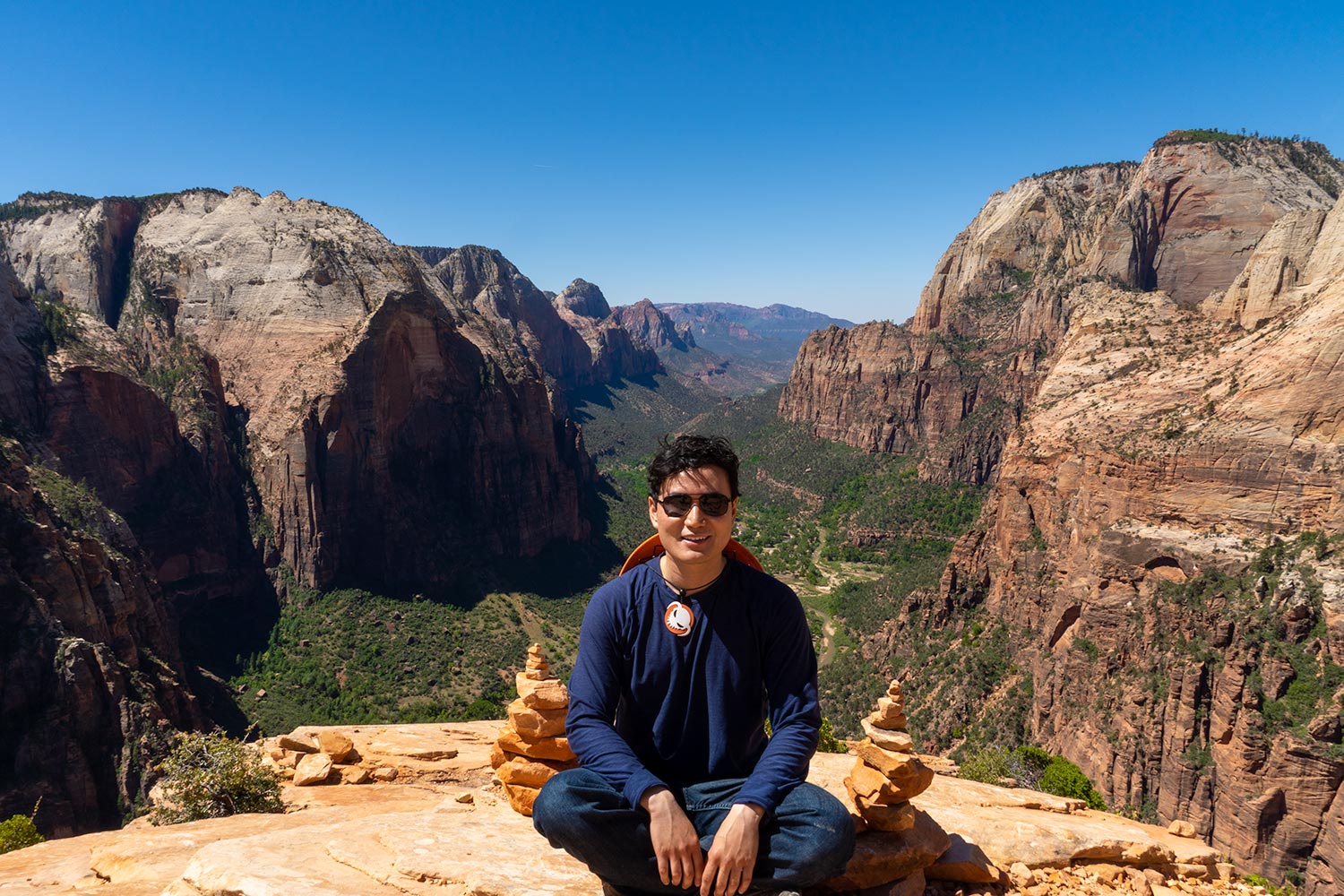
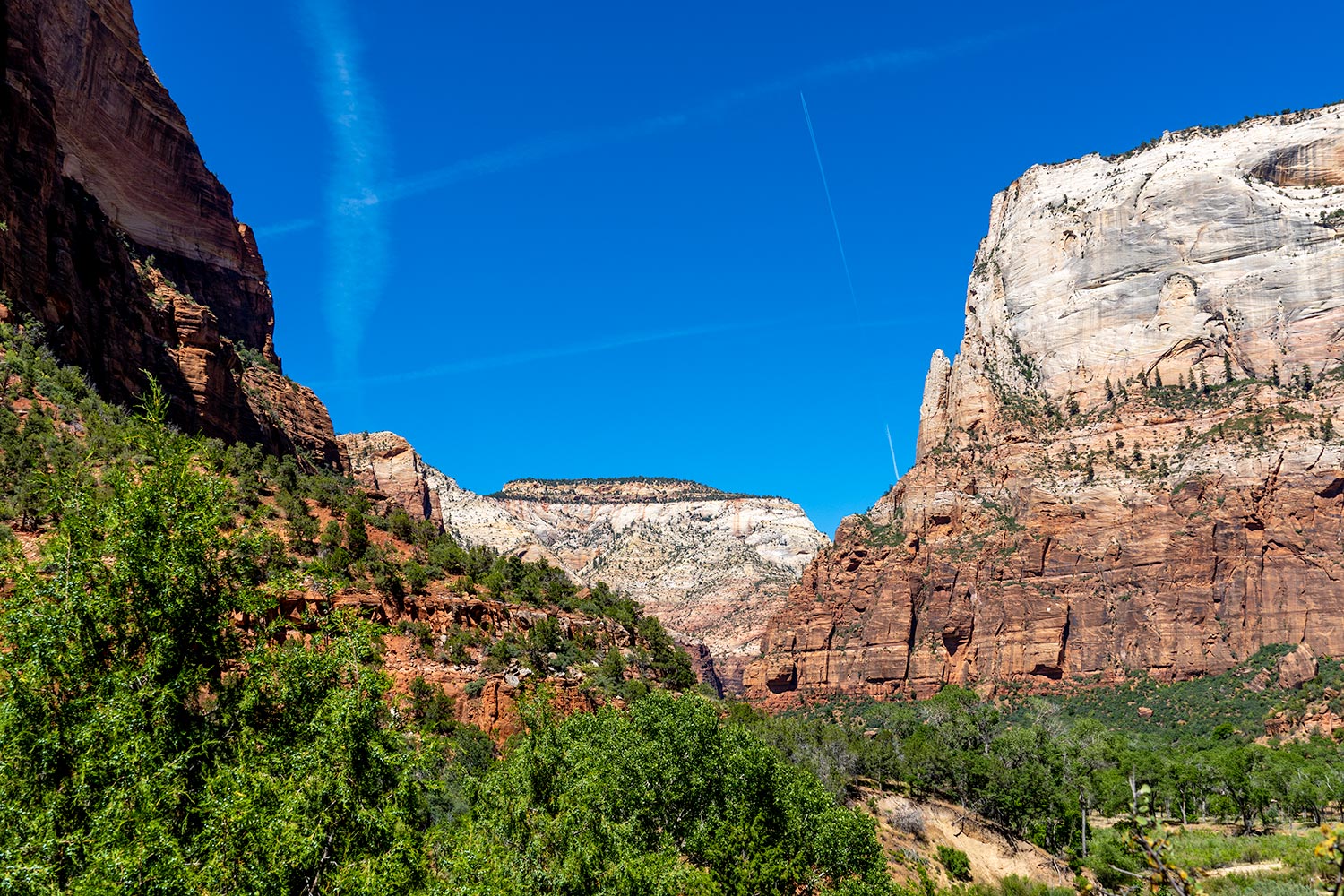
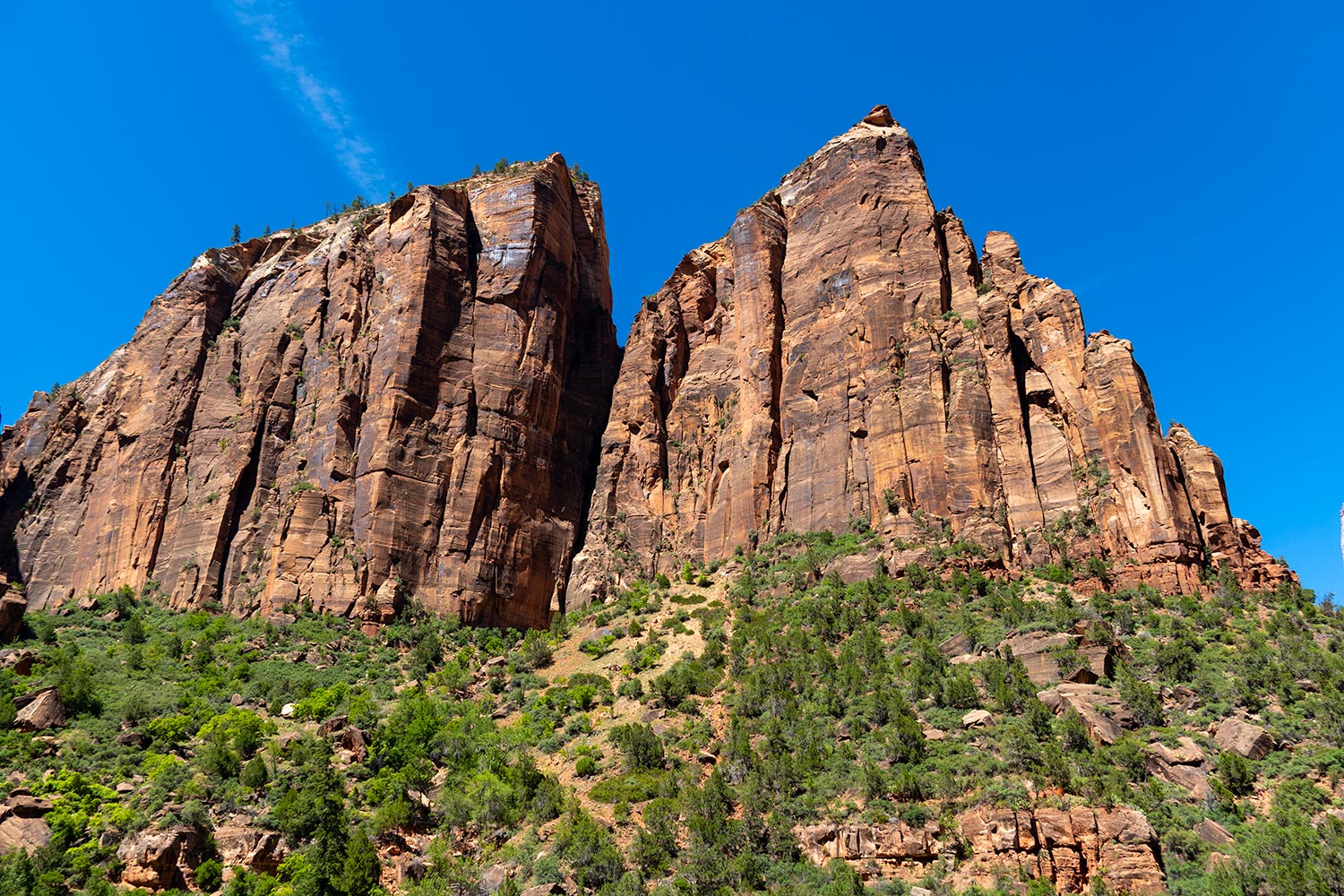
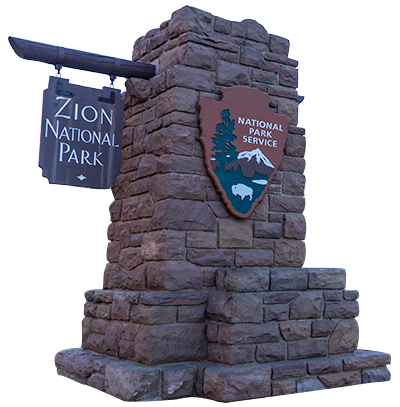
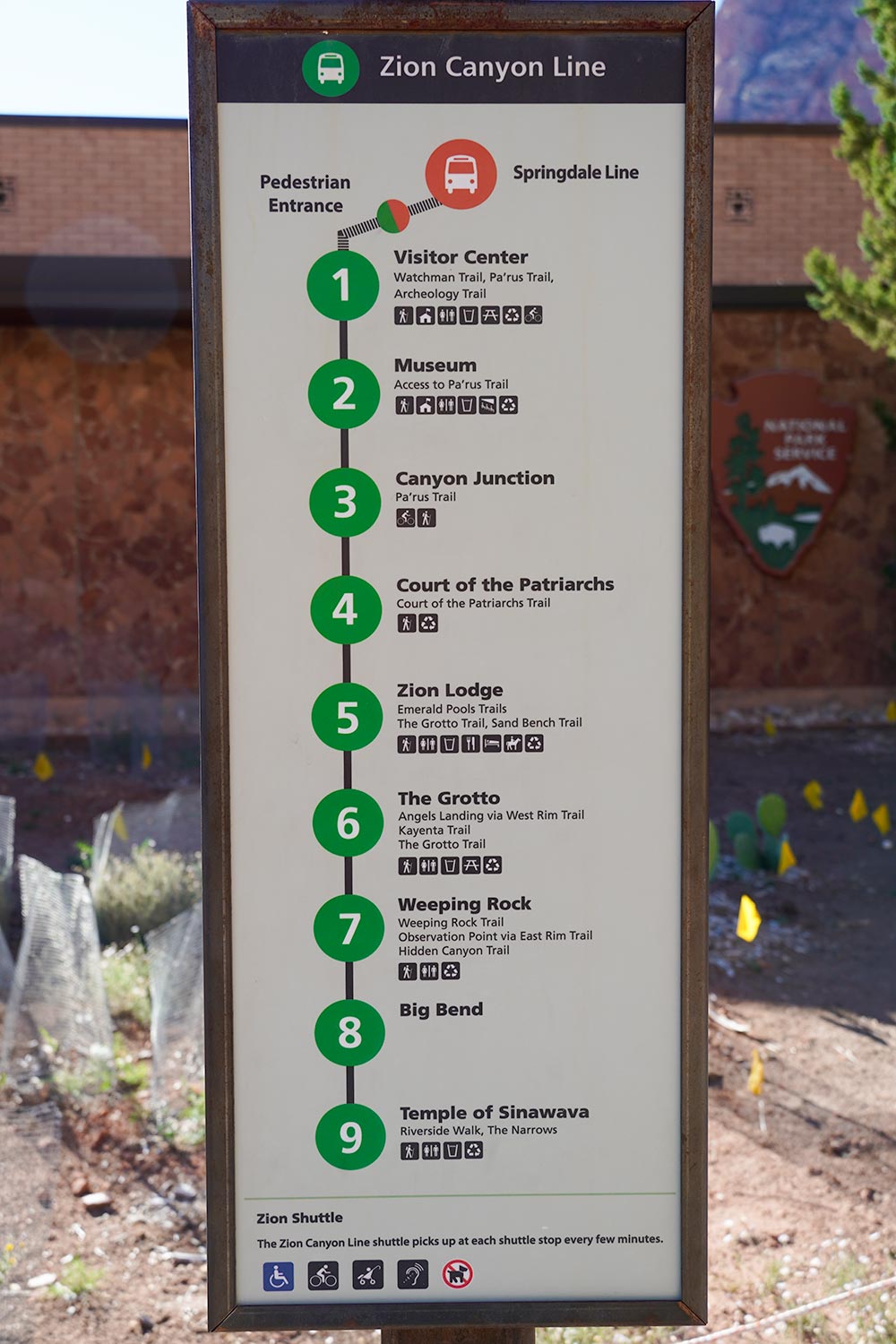
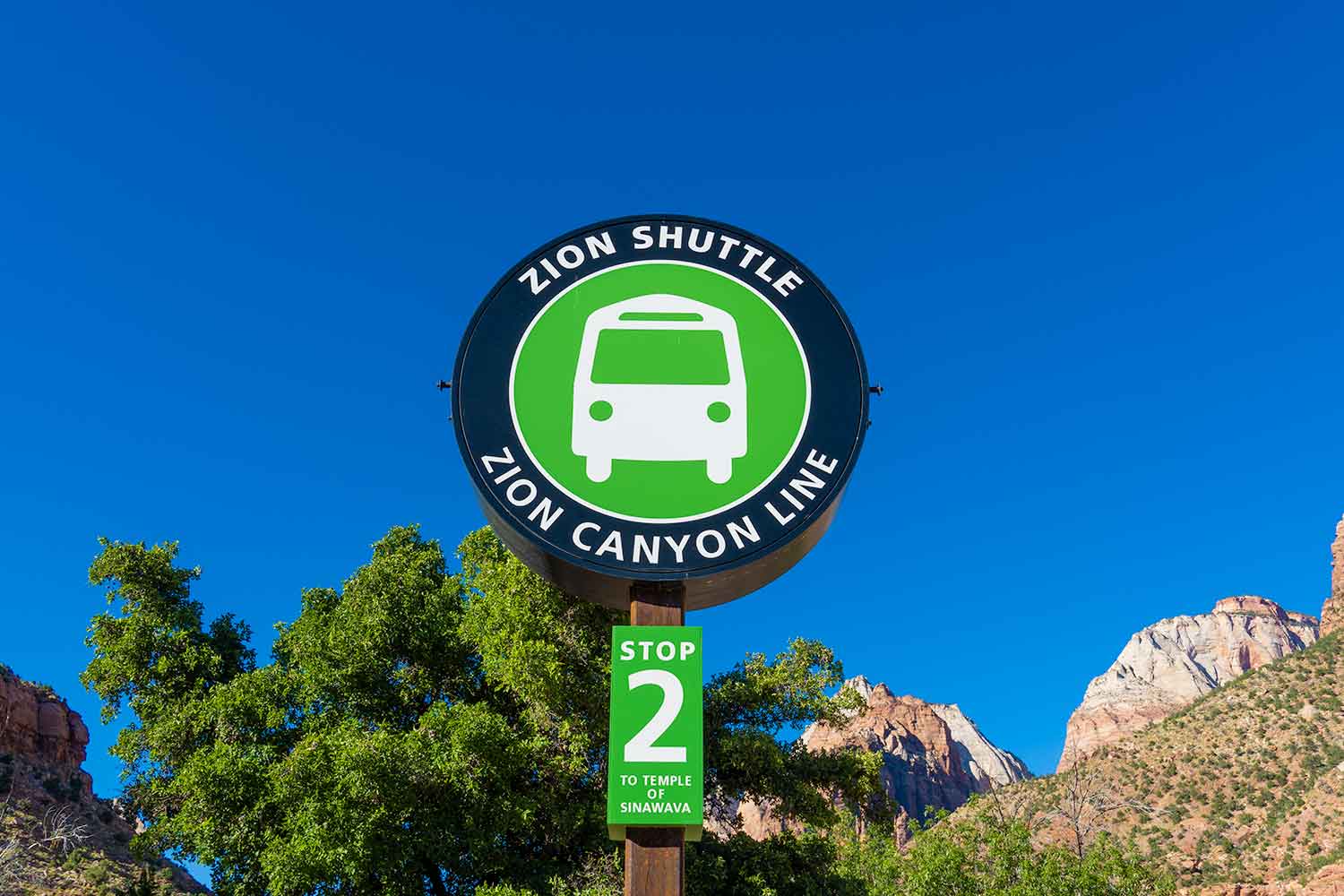
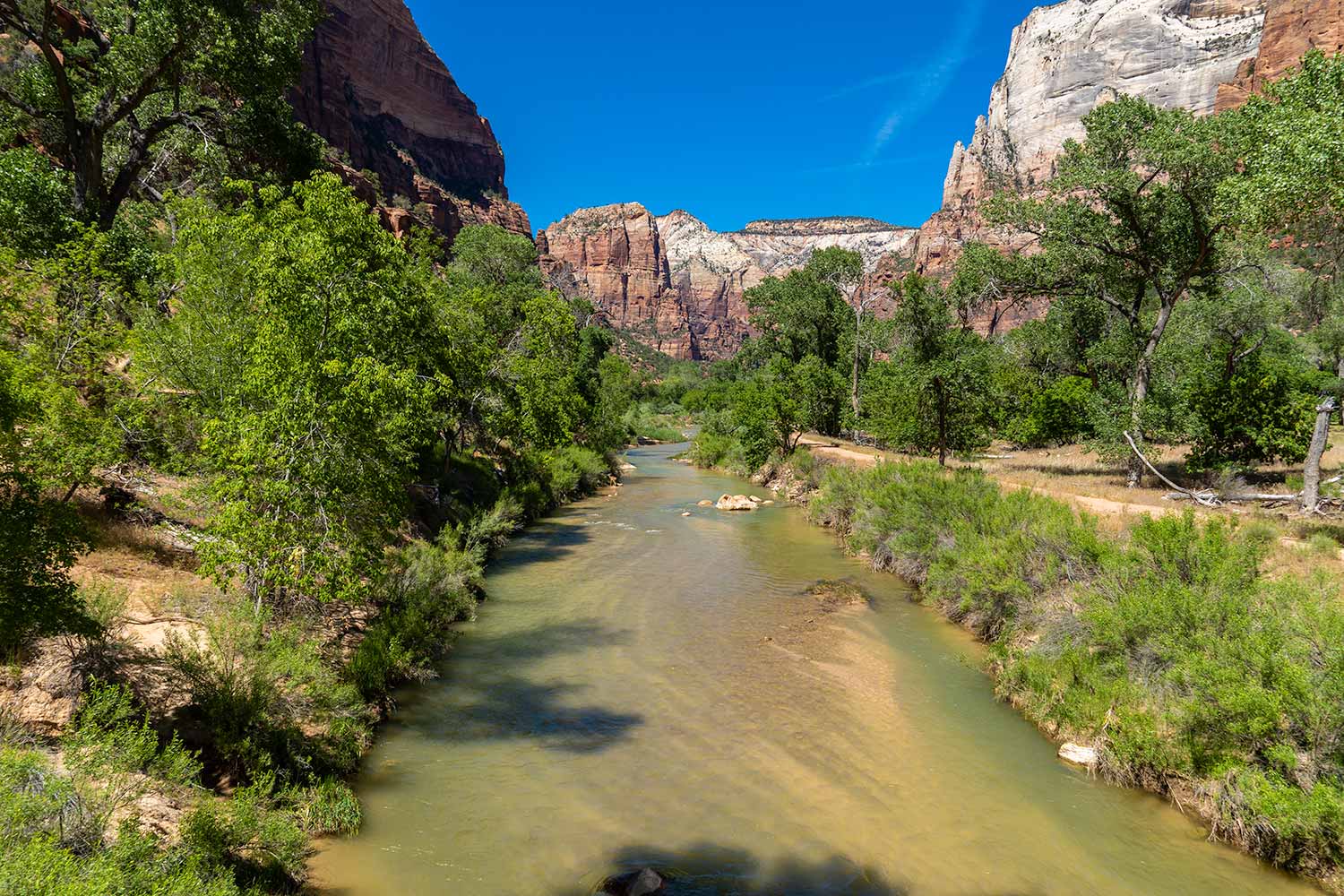

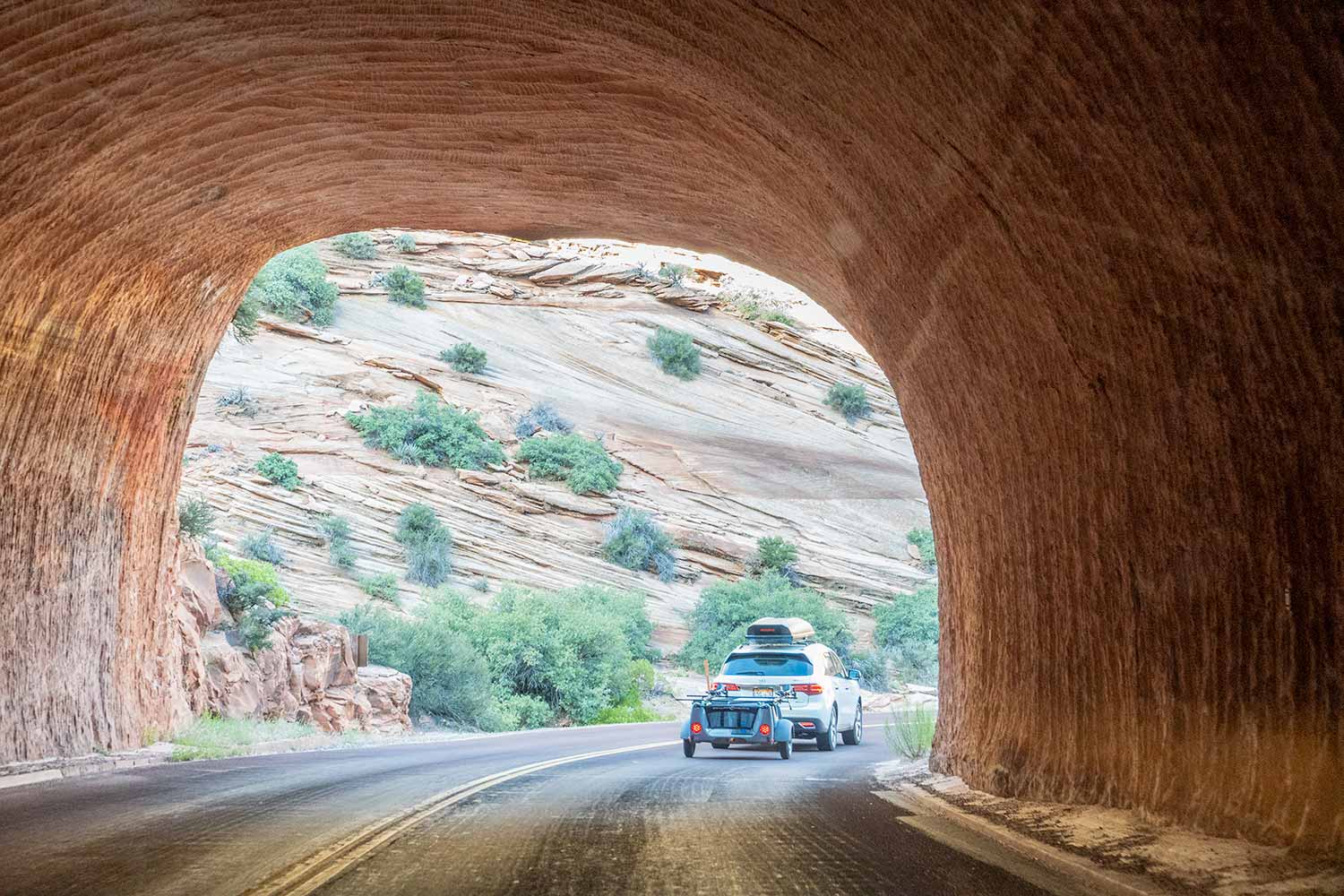
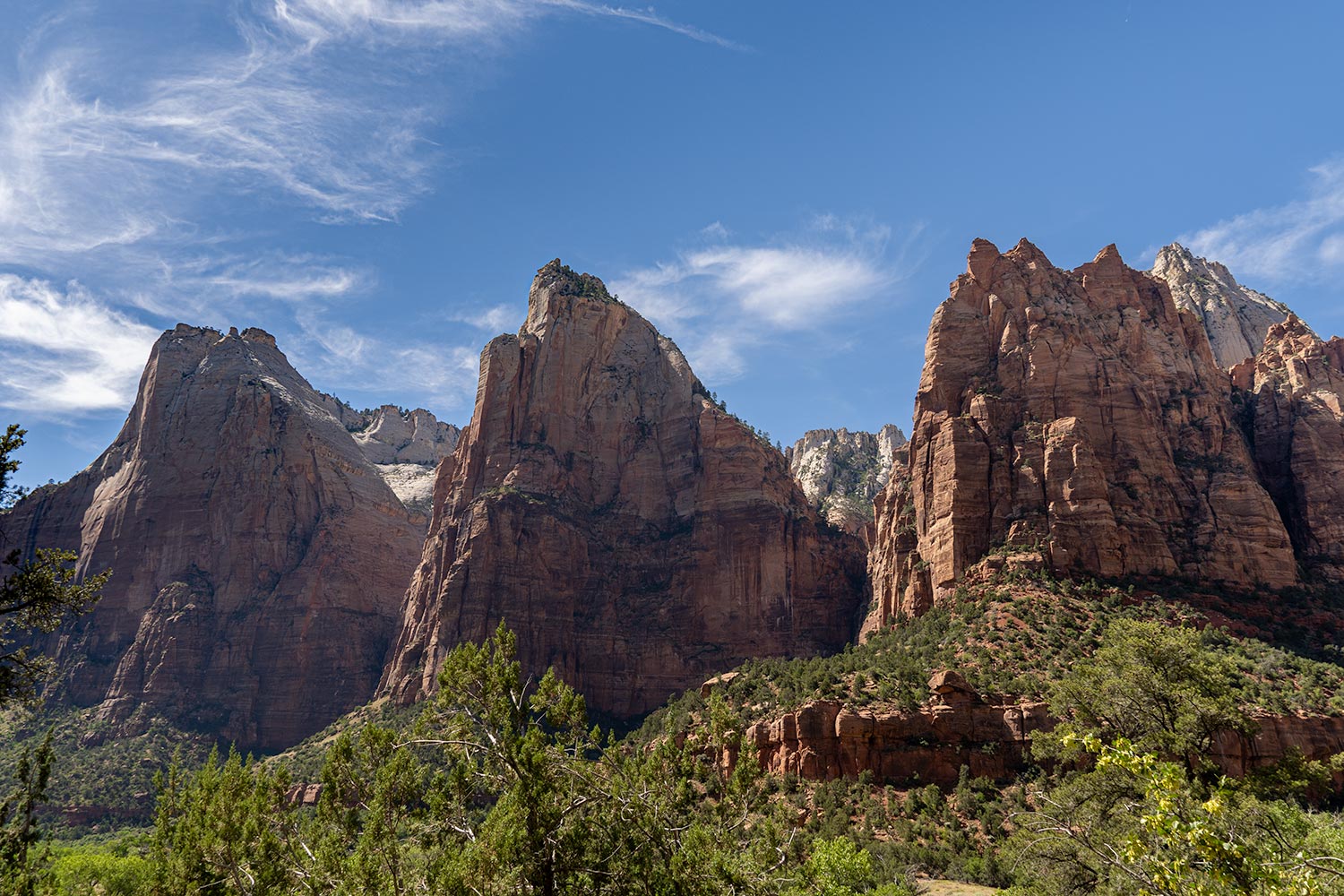
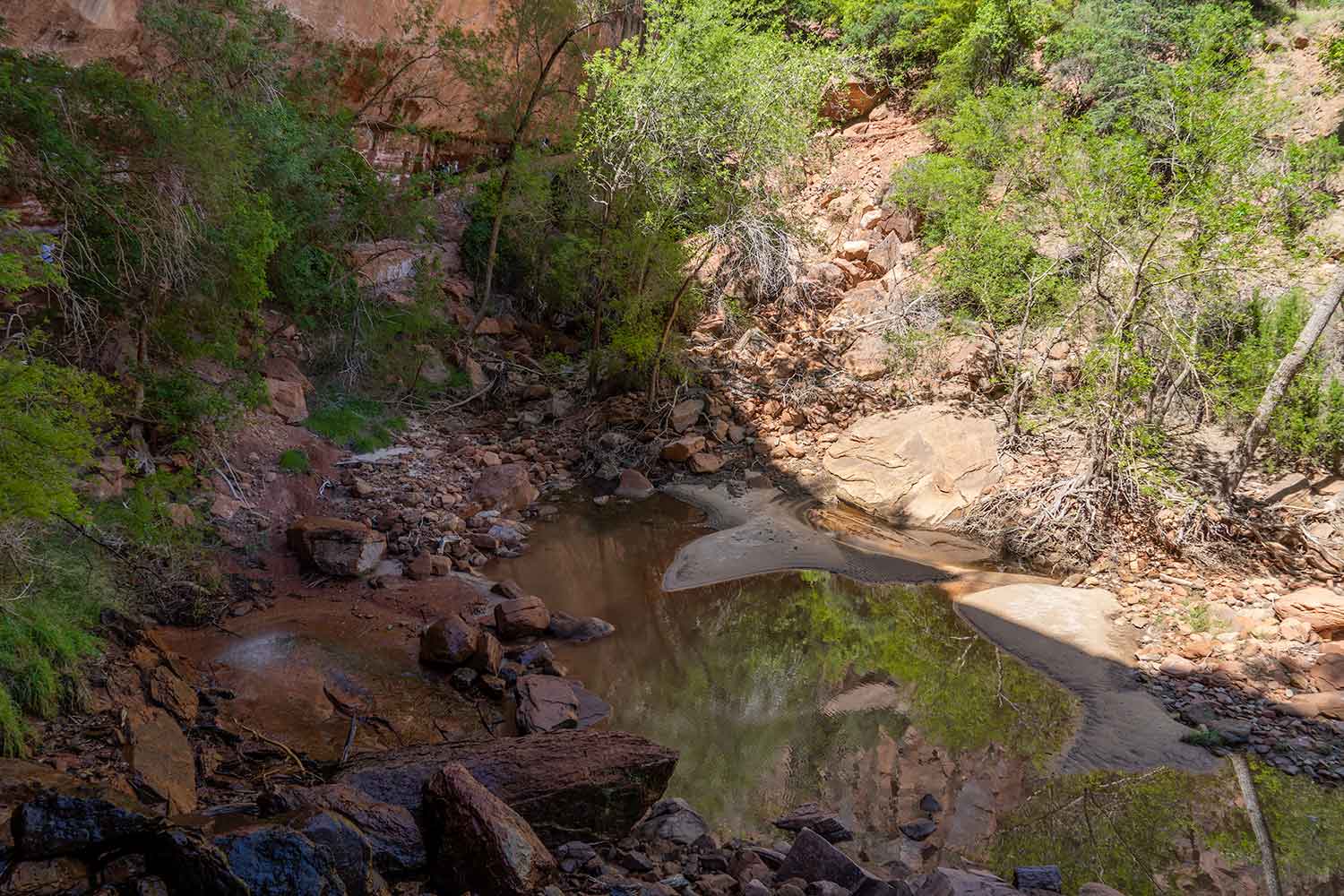
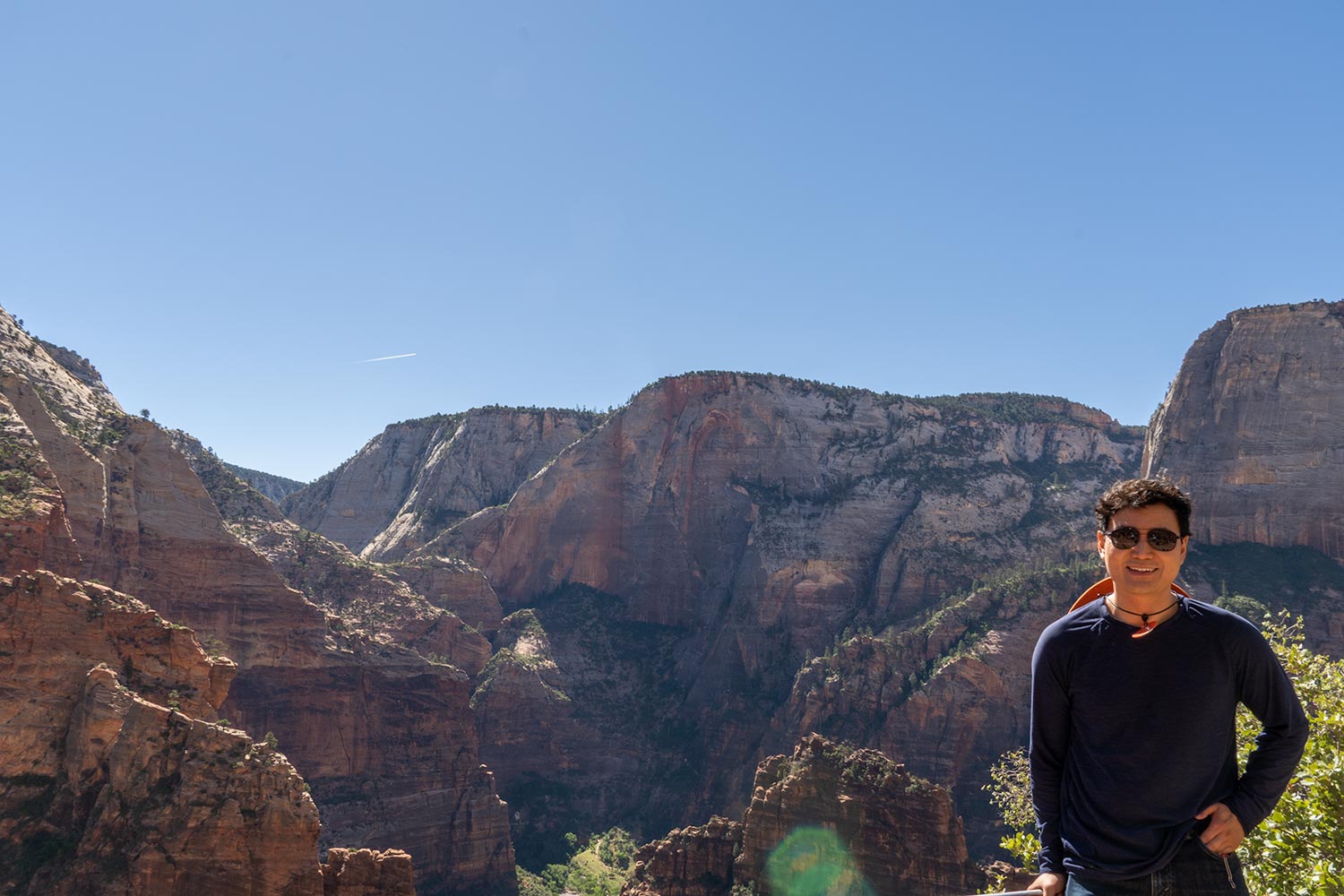
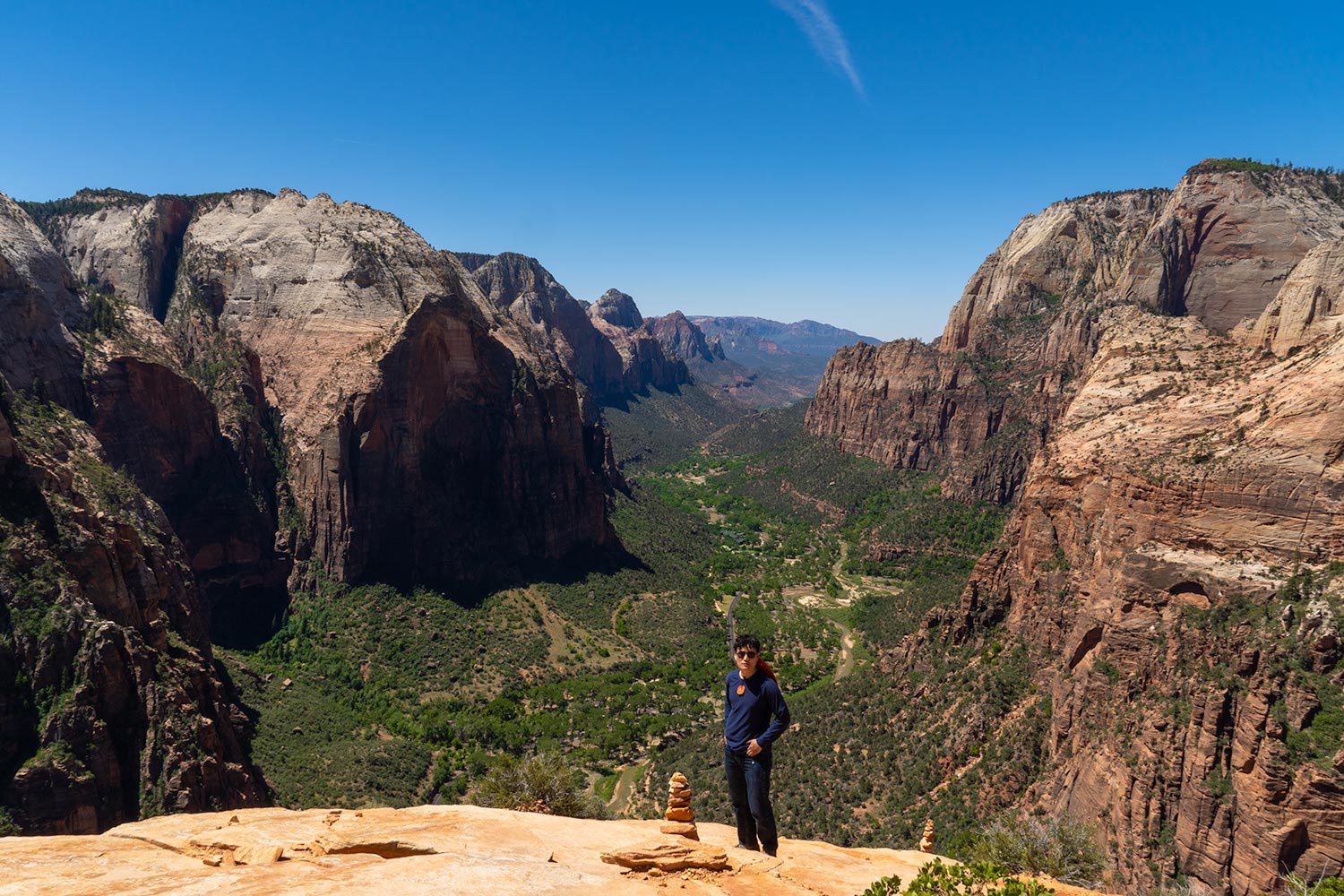
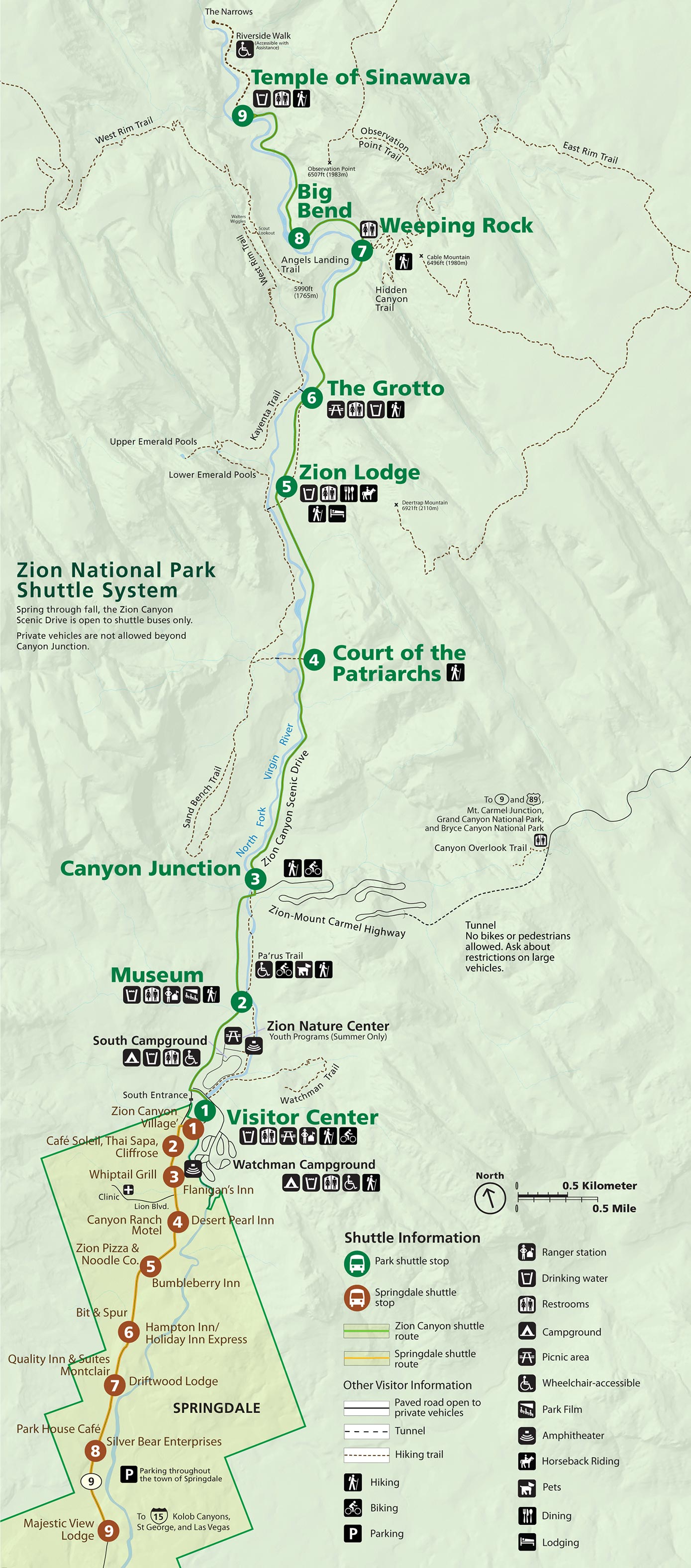
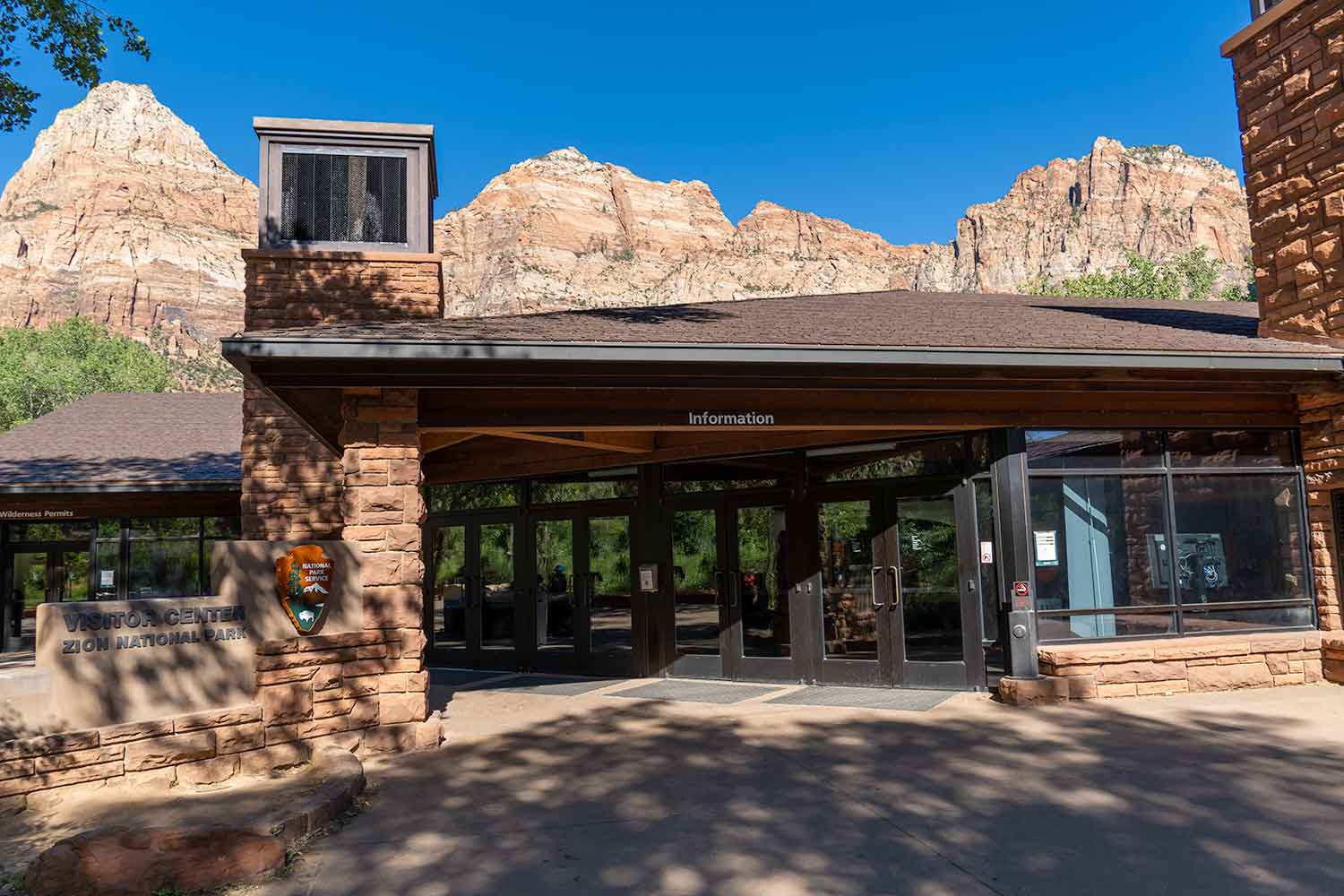
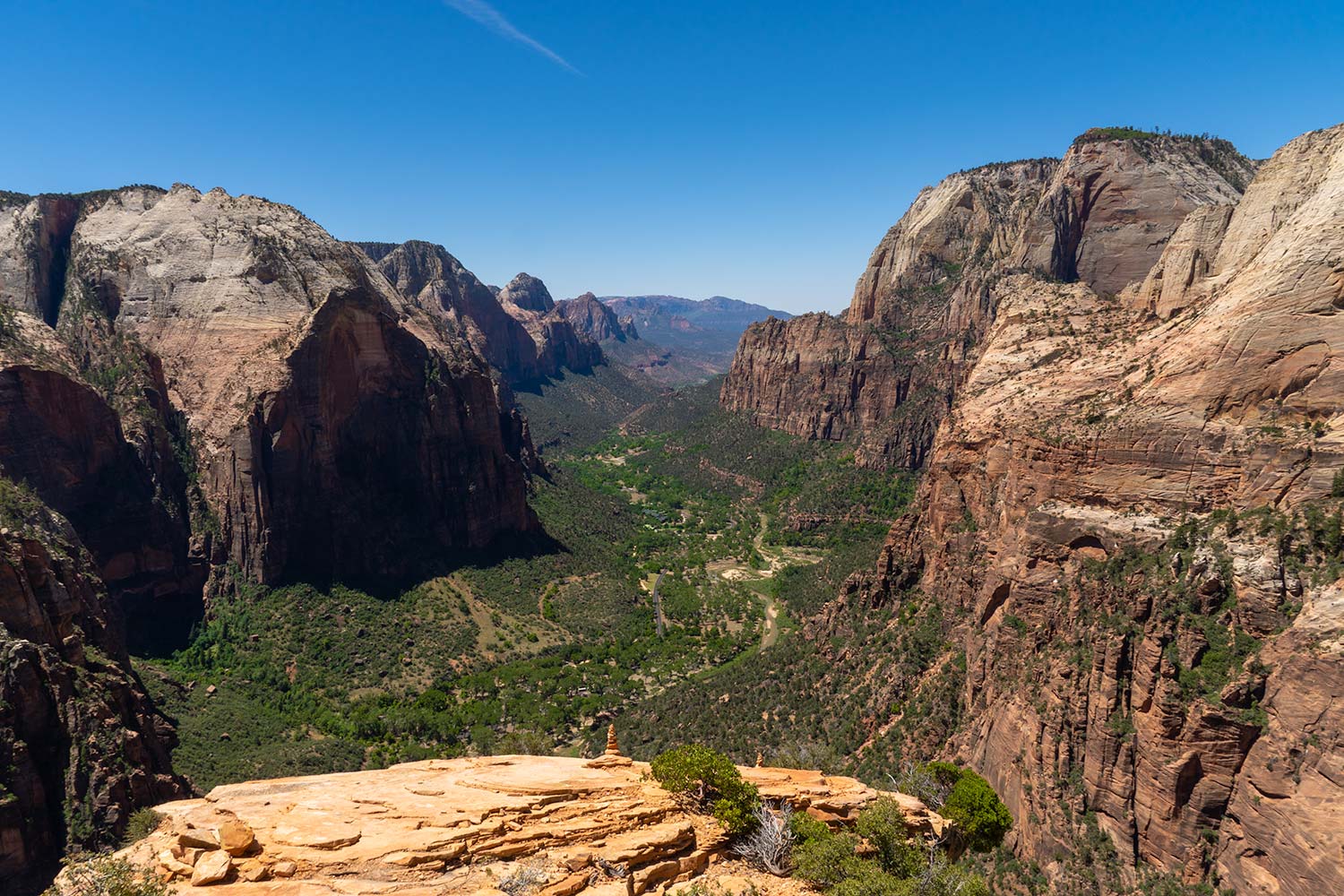

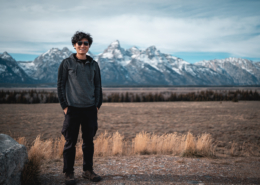 © Copyright - Ace Adventurer
© Copyright - Ace Adventurer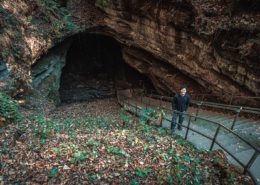 © Copyright - Ace Adventurer
© Copyright - Ace Adventurer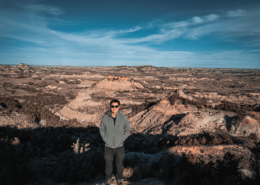 © Copyright - Ace Adventurer
© Copyright - Ace Adventurer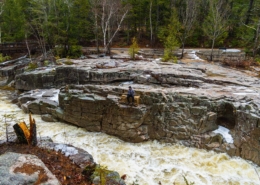 © Copyright - Ace Adventurer
© Copyright - Ace Adventurer